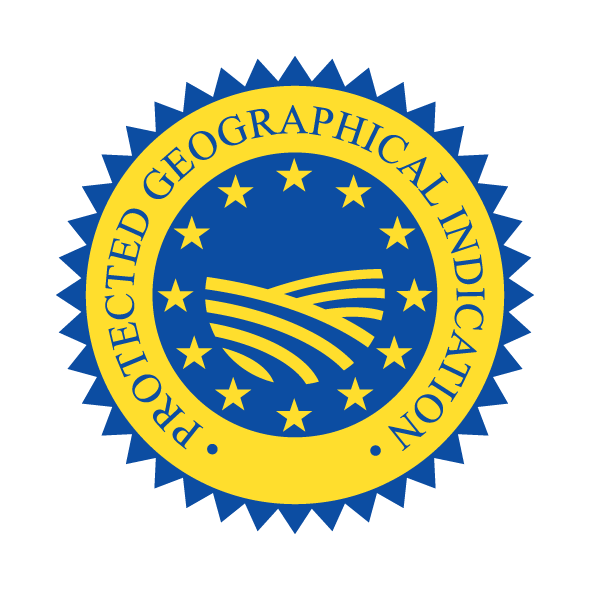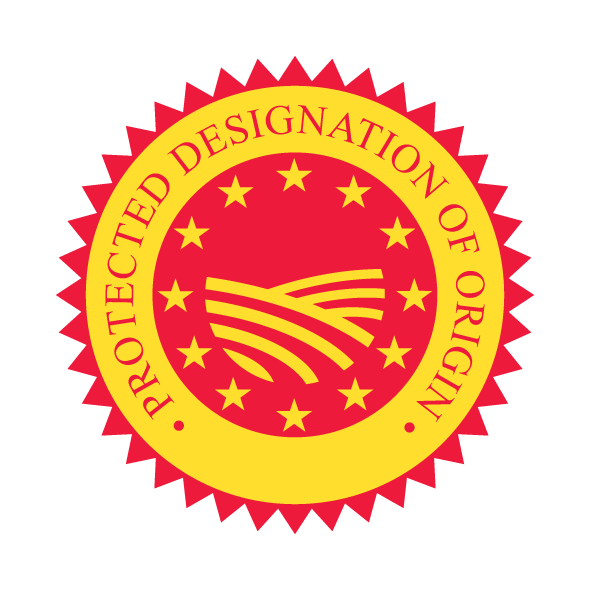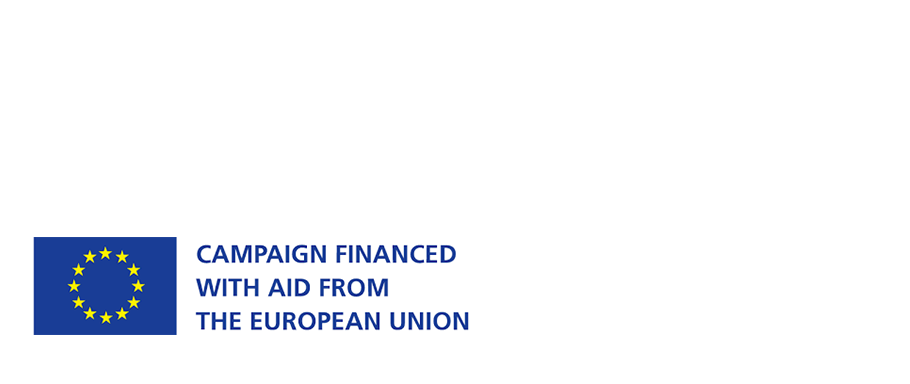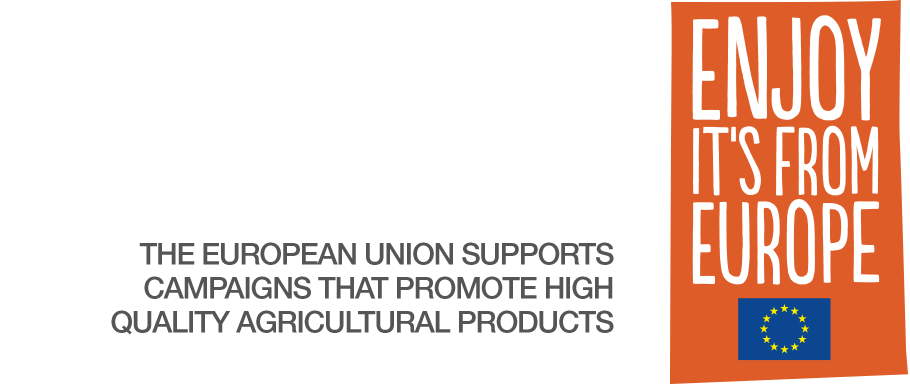There, an appreciation of Garnacha’s stylistic possibilities and distinctive expressions of terroir is being discovered and bottled, often as single-variety wines, by enterprising, quality-minded winemakers in regions around the northeastern highlands and valleys of the country. Why should you get to know Garnacha from Europe?
1.) The new buzz around Garnacha is actually less a discovery than a rediscovery. In fact, Garnacha is one of the oldest wine grapes still in existence—and the earliest evidence of it appears in what is now Spain. Carbon-dating of leaves and seeds indicates it was grown as early as 153 BC there, and it conquered the Mediterranean alongside the Crown of Aragón between the 12th and 17th centuries. Like the empire at its height, Garnacha planted its flag in parts of modern-day Spain, southern France, Corsica, Sardinia, southern Italy, Sicily, Croatia, and even Greece.
2.) Today, Grenache is the seventh-most-planted wine grape variety in the world (and No. 5 among red varieties), but it is most highly concentrated in its ancestral and spiritual homeland of northeastern Spain and southern France. Nearly 93% of the world’s Garnacha/Grenache vines reside in Europe, with 41% in Spain and 54.9% in France. The allure of the grape has famously reached Australia and California as well, but many of the most prized old-vine parcels, some planted 120 years ago, are found in these two European countries.
3.) You can always count on Garnacha. In fact, it’s the law. The Spanish Protected Designations of Origin of DO Calatayud, DO Campo de DO Borja, DO Cariñena, DO Somontano and DO Terra Alta, to which Garnacha is native, alongside with French Roussillon’s Geographical Indications are all protected under European Union quality schemes (PDO & PGI). Such wines carry a guarantee of their provenance and quality, with their regional names and characteristics protected by EU regulations. European quality standards cover safety, authenticity, traceability, labeling, nutritional and health aspects, animal welfare, eco-friendliness and sustainability, as well as quality, taste, diversity, and traditions of each place of origin.
4.) A Geographical Indication is a high honor and a look at these French and Spanish appellations quickly makes clear why: Each region’s climate, soil, and topography make it unique from the others—and the rest of the world—in the nuances of the Garnacha it produces.
5.) Grenache isn’t just still red wine—it comes in a bunch of styles! Whether the wine results from mutations of the grape (such as Grenache blanc or Garnacha peluda, so named for its “hairy” leaves) or winemaking techniques, Garnacha may surprise you with a red, white, rosé, sparkling, or VDN pour. Reds and whites (aka tinta and blanca) are made in all appellations, in styles ranging from fresh and fruity to rich and robust. From intense cherry, floral and herbal flavors, its terroir conducive to making reds with carbonic maceration and little oak aging, as well as rosé and bubbly to limestone and clay soils, contribute citrus, peach, and chalky notes.









